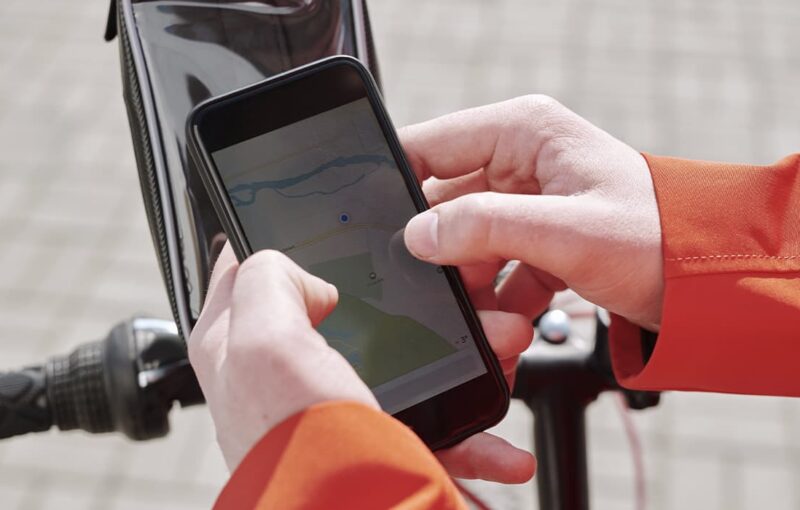The simplest of all existing in the nature of GPS navigation devices is an external GPS receiver. By itself, it only communicates with satellites, and does not provide any navigation, in fact, does not. But it can be connected to virtually any device – a laptop, PDA, phone or smartphone – and then, with the right software, you can navigate in space and pave routes to your destination. The receivers are especially useful for tourists who prefer the narrow mountain or forest paths to the beaten track: the receivers, unlike most other devices, are not attached to the map, and if they wish, they can guide you even on a scanned millimeter with a navigation grid superimposed on it. If you can find one for the region you need.
The most popular navigation device of today is the car GPS navigator. It is, in fact, a small computer with a touch screen, running on a closed operating system. The navigator is already installed by the manufacturer of the navigation program, which usually can’t be changed without violating the license. In addition to the navigation itself, car navigators are often able to do many other things: play music, play movies, work with e-books and images, and even connect to the Internet.
In recent years a new class of devices has appeared on the market – smartphones with built-in GPS-receiver. On the one hand, these devices are extremely convenient: they can make phone calls, guide the way and do many other things. On the other hand the software for these devices is still very weak: they use mostly “online solutions” like Nokia Maps or Google Maps, which require a constant connection to the Internet (although some smartphones can be equipped with real navigation software). Yes, and suitable for these smartphones more for pedestrian than for car navigation – the screen they have a small, the map is seen poorly, and with maps of our vast country all, to put it mildly, bad. Only around the city and travel.
Smartphones with built-in GPS-module differs less navigation functionality, but to work with them at times even more convenient. But the map is seen bad.Smartphones with built-in GPS-module differs less navigation functionality, but to work with them at times even more convenient. But the map is poorly visible.
The last type of navigation devices – smartphones with cellular navigation (AGPS). They do not have a built-in GPS-chip. They are suitable only for those who do not want to carry a paper map – they give neither guidance on the route, nor even an exact definition of your location. But they are great for orienting in space during a long trip or finding some particularly inconspicuous alley, about which not a single one of your polled passersby had heard.
Smartphones without a GPS-module that uses cellular navigation, are not actually navigational devices. But, nevertheless, can still help you navigate in the area.Smartphones without a GPS-module, using cellular navigation, proper navigation devices are not. But, nevertheless, they can still help you navigate.
Unfortunately, the ideal map does not exist in nature (at least simply because everyone has his own ideas about the ideal), so to begin with we have to understand why you basically need a navigator and what you’ll do with it: for hiking trips suit one type of devices and maps, for car navigation – another, for pedestrian navigation – the third. In addition, you need to pay attention to the cartographic base itself: the prettiest program may suddenly have no map of your city, and the most “urban” of maps will show you white spots right behind the ring road. In general, no matter how you look at it, you will have to devote some time to the selection process. About how to choose a map for your navigator, you can read in the article “What are the navigation maps?”
